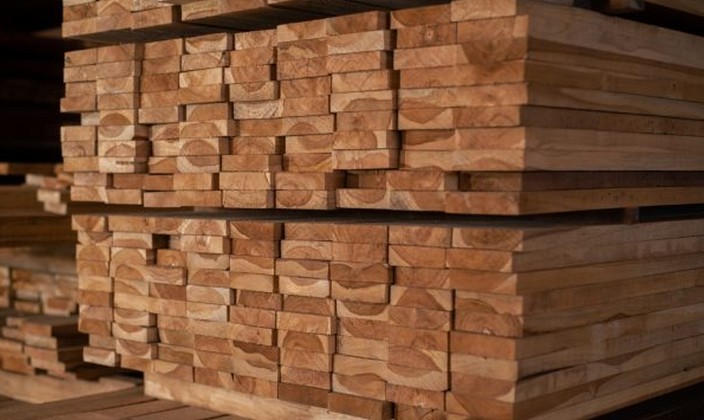Arauco and Collaborative Reforestation: A Commitment to the Future of Chilean Forests
Reforestation is a key process for the sustainability of the forestry sector in Chile, and Arauco has been promoting an innovative collaboration model with landowners to enhance soil recovery and ensure future timber supply.
Luis Felipe Cáceres Frías, Deputy Manager of Purchasing and Forest Assets at Arauco, explains that the company has worked on reforestation programs for over 30 years in partnership with the National Forestry Corporation (CONAF).
Although the program lost momentum at one point, it has regained strength in the last four years with a more comprehensive approach. "We seek to create win-win relationships with landowners, ensuring reforestation is mutually beneficial," highlights Cáceres.
This cooperation model allows the company to contribute its expertise in forest management, administration, and the provision of high-quality genetic material, while landowners make their properties available. In return, the firm negotiates agreements for shared participation in future timber production.
"Some landowners prefer immediate payments through leases, while others choose to wait for the forest to develop to obtain higher economic returns," details the executive.
Reasons and Challenges of Reforestation
The reasons for reforestation are diverse. While one of Arauco's main objectives is to secure future timber supply, the initiative also addresses the need to restore degraded soils, reforest areas affected by wildfires, and improve land productivity. "We have faced factors like soil erosion, droughts, and wind damage. These challenges affect forest quality and viability, so we aim to offer sustainable solutions to landowners," he states.
A key aspect of the program is its flexibility. "We understand each landowner has a unique history, vision, and specific needs. We offer options tailored to their reality, whether pine plantations in the central zone or eucalyptus in coastal areas," notes the deputy manager.
Currently, Arauco operates in regions spanning from Maule to Osorno, prioritizing different types of crops based on location and climatic conditions.
Investment and Regulations
In Chile, legislation requires reforestation after timber harvesting, but many landowners face financial difficulties in complying. "Some rely on natural eucalyptus regrowth to meet legal requirements, but this results in low-quality plantations. We offer a solution by taking charge of reforestation with improved species under optimal conditions," emphasizes Cáceres.
The business model ensures equitable distribution of timber production benefits with landowners. Depending on the agreement, the company may cover initial costs and share profits under schemes ranging from 50-50 to 60-40. "Our investment translates into genetic improvements, efficient management, and better long-term forest performance," he adds.
Additionally, the company is betting on high-yield species, such as clonal eucalyptus, a hybrid combining the fast growth of nitens with the timber quality of globulus. "This species enables higher production per hectare and greater profitability for landowners," the executive highlights.
Currently, Arauco maintains around 1,200 agreements with landowners, a number that continues to grow. Notably, some landowners participate in multiple agreements, expanding the initiative's reach.
These agreements cover a wide variety of land sizes and locations, as many owners hold properties in different areas. Contrary to the common perception that Arauco works only with large companies, it has broadened its focus to include a more diverse range of partners.
Looking Ahead
Arauco's commitment to reforestation responds not only to commercial needs but also to a vision of sustainability and responsible resource management. With Chile's forest area facing environmental and regulatory pressures, the company aims to create a "second layer" of forest productivity. "We want to maximize the yield of every planted hectare in a way that benefits both Arauco and landowners," concludes Cáceres.

















